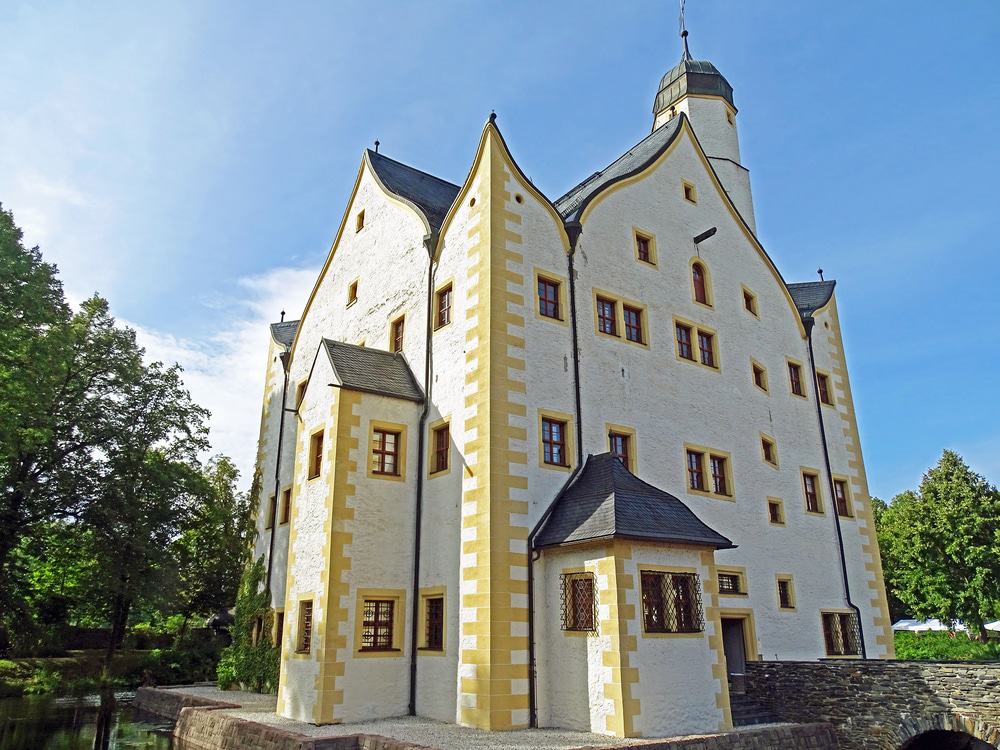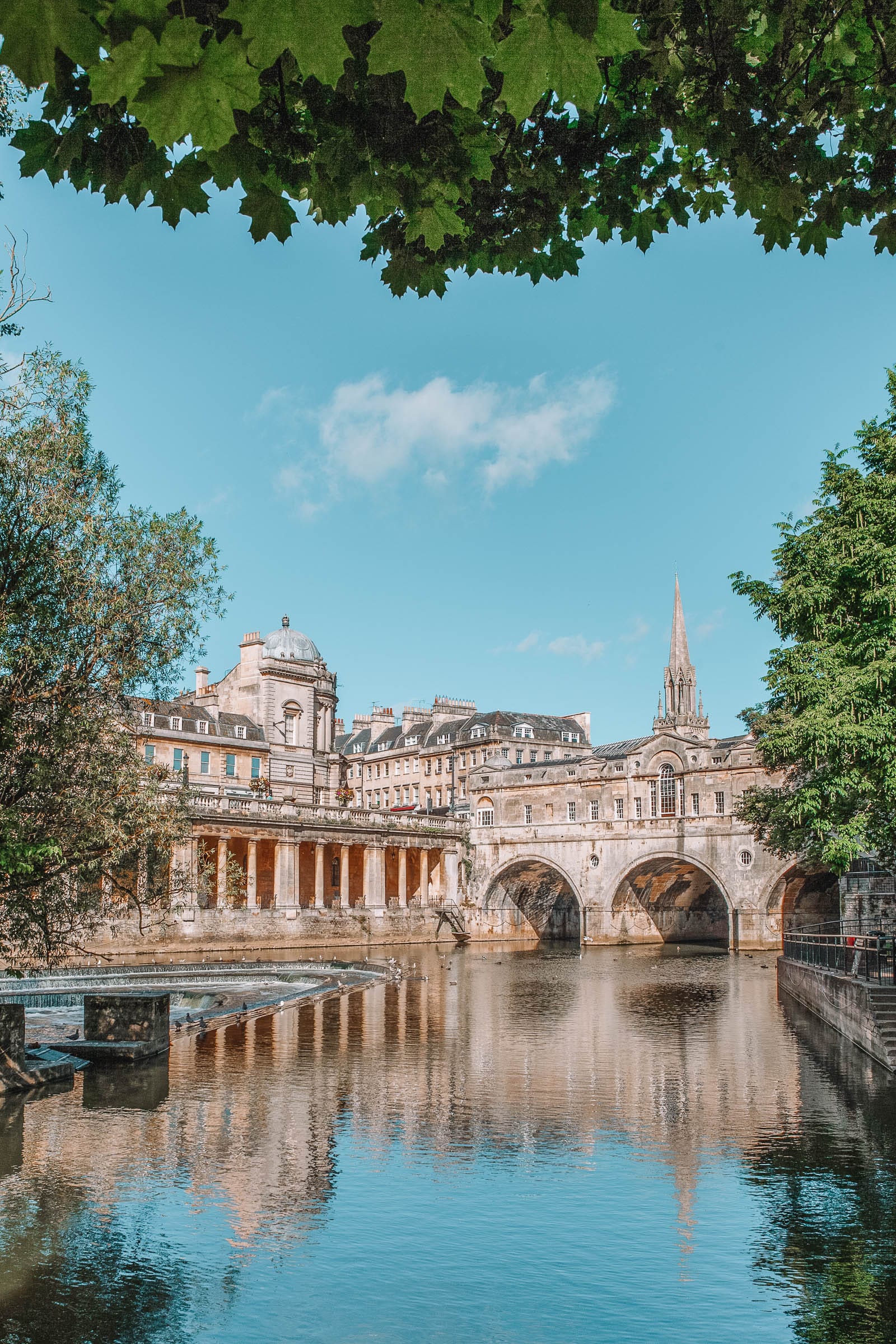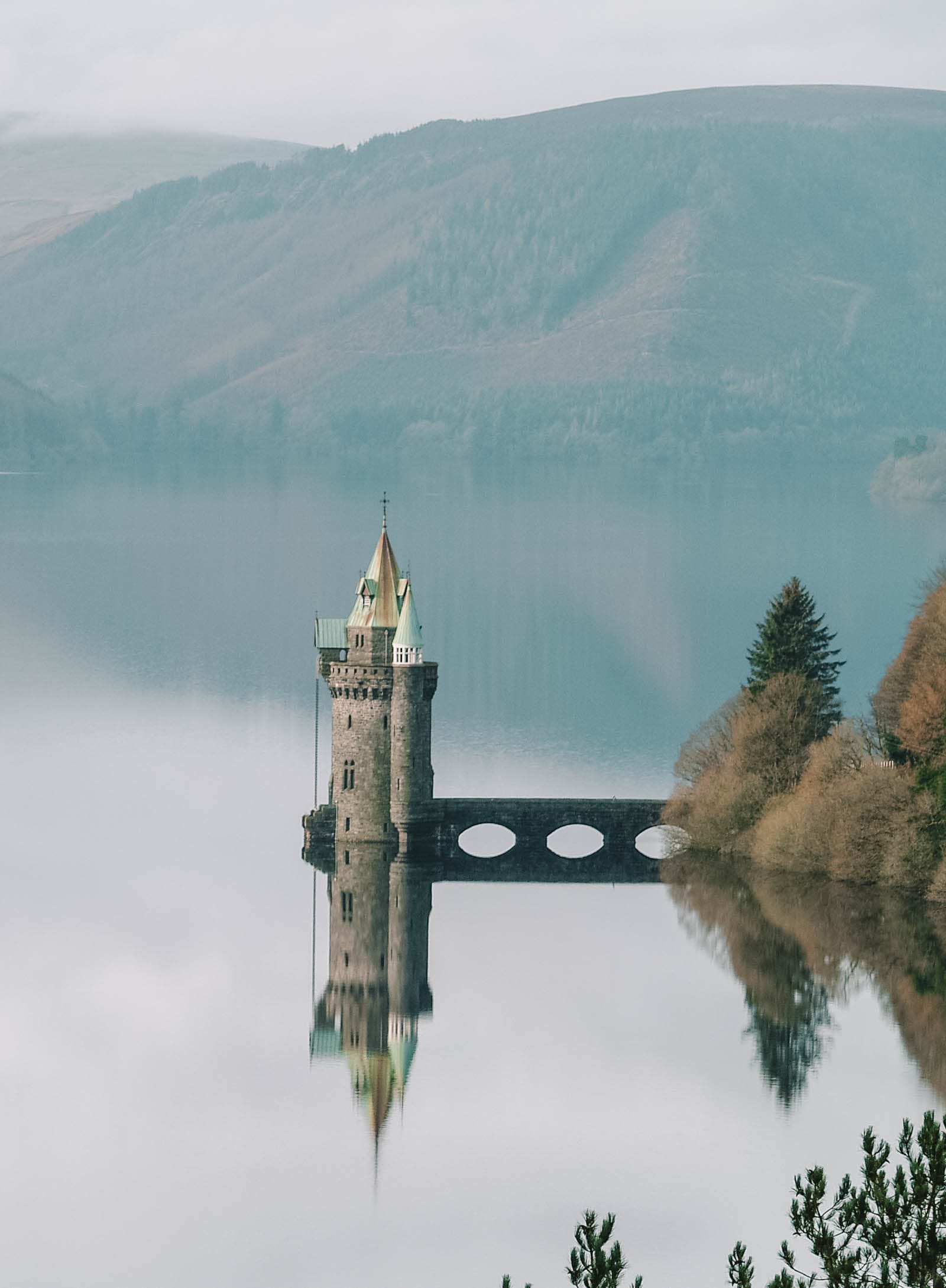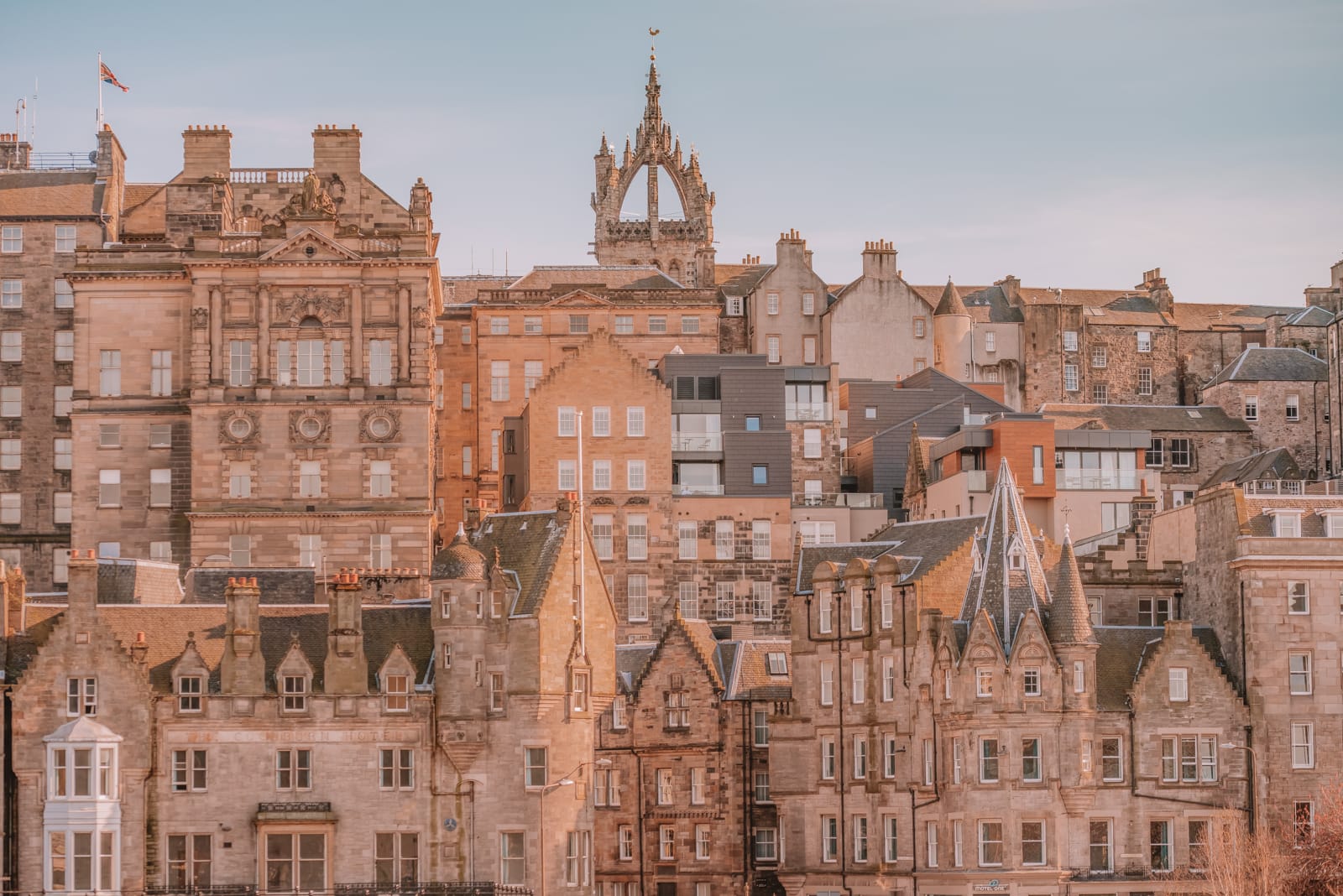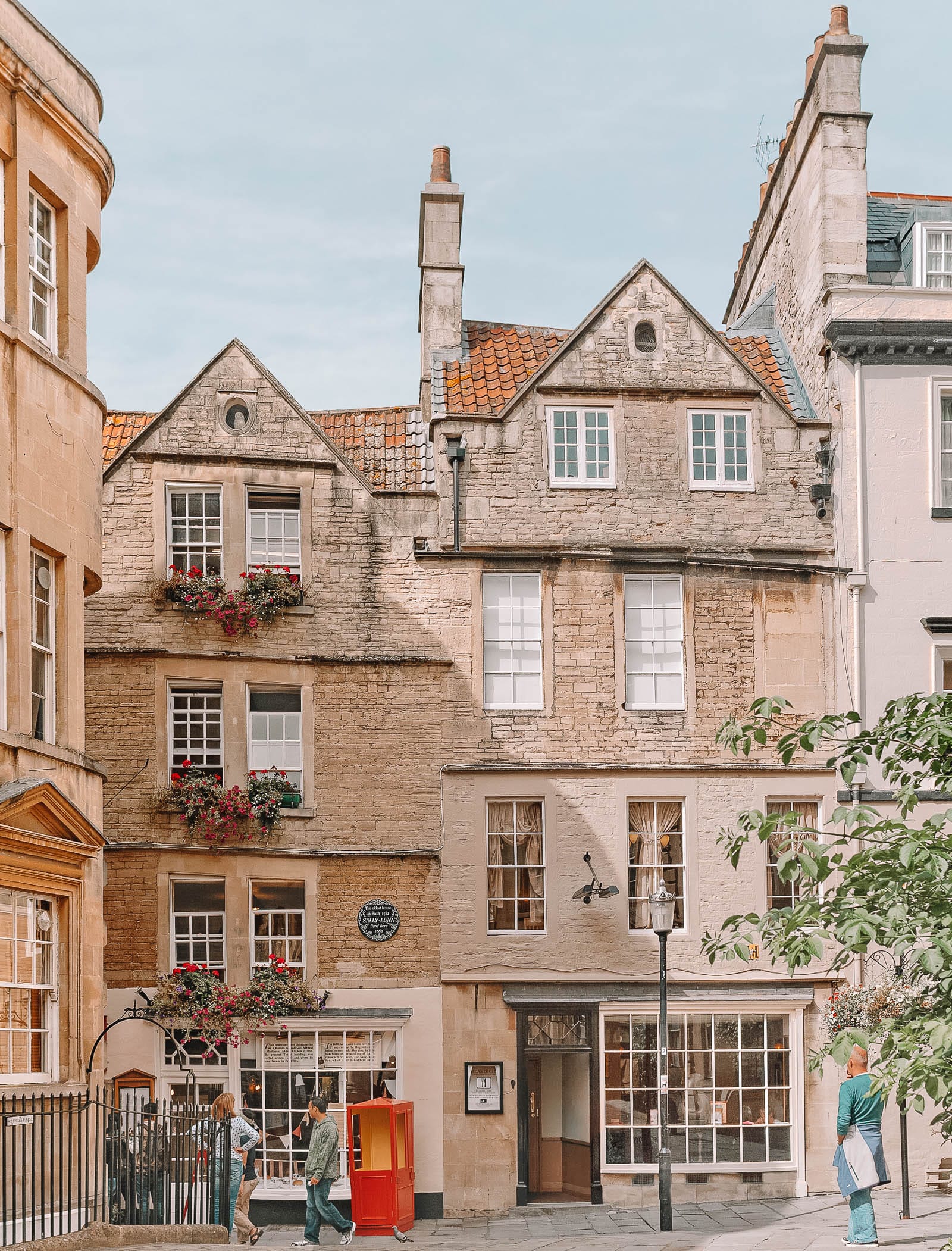Summary
- Industriemuseum Chemnitz
- Kunstsammlungen Chemnitz
- Staatliches Museum für Archäologie Chemnitz
- Roter Turm (Red Tower)
- Karl Marx Monument
- Villa Esche
- Wasserschloss Klaffenbach
- Gunzenhauser Museum
- Schlossbergmuseum Chemnitz
- Burg Rabenstein
- Chemnitzer Opernhaus
- Museum für Naturkunde Chemnitz
- Kaßberg
- Botanischer Garten
- Chemnitzer Doppelrathaus
Located in the state of Saxony, Chemnitz is an industrial city that emerged prominently during the industrial revolution of the 19th century. This period of growth is documented by an outstanding industrial museum, while the affluence generated for the industrialists and emerging middle class is still visible in Kaßberg, known as the largest contiguous Art Nouveau district in Germany.
During the era of the GDR from 1953 to 1990, Chemnitz was referred to as Karl-Marx-Stadt, despite there being no substantial historical connection to Marx himself. A significant monument dedicated to Karl Marx, a substantial piece of Socialist Realist art, was introduced to the city in 1971 and remains a notable landmark to this day. The Kunstsammlung Chemnitz is a remarkable art museum with four branches that will captivate visitors for hours, while the natural history museum features a grove of petrified trees that are 291 million years old.
Let us explore the most notable attractions in Chemnitz:
1. Industriemuseum Chemnitz

Located in the former foundry hall of the “Hermann und Alfred Escher AG” tool manufacturing facility, this museum presents a comprehensive exhibition of Saxony’s industrial legacy.
This evocative brick factory, in operation since 1895, produced lathes, machine tools, and steam engines. Visitors can explore the numerous enterprises that have shaped Saxony since the late 18th century, which span fields from textile manufacturing to mining, mechanical engineering, and automotive production in the 21st century.
The museum showcases preserved spinning machines, bicycles, motorcycles, trucks, and cars, allowing guests a close view of cutting-edge welding and assembly robots utilized in car manufacturing.
Highlights include a Meyer series 98.0 locomotive from 1925 and an impressive steam hammer dating back to 1923.
2. Kunstsammlungen Chemnitz

This award-winning art museum is spread across four locations within the city.
Collectively, these exhibition spaces house an exceptional collection of European art, particularly noted for its 19th and 20th-century works.
Renowned artists such as Caspar David Friedrich, Max Liebermann, Ferdinand Hodler, Edvard Munch, Aristide Maillol, Edgar Degas, and Georg Baselitz are represented.
The Museum am Theaterplatz is the largest of the four branches, featuring approximately 60,000 exhibits along with more than 200 sculptures spanning 150 years.
Among these are pieces by Rodin and Wilhelm Lehmbruck, alongside modern abstract sculptors such as Heinz Mack and Hermann Glöckner.
3. Staatliches Museum für Archäologie Chemnitz

This museum, located in a repurposed Art Deco department store, showcases 300,000 years of human history.
The oldest artifacts date back to the Middle Paleolithic Period, while the more recent pieces originate from the final days preceding industrialization.
Intriguing exhibits include a detailed glass model of a Neanderthal, Bronze Age treasures, and the wooden framework of one of the oldest buildings in Europe, dating back 7,000 years, in addition to a thorough presentation of Roman archaeology.
A gallery containing 1,200 everyday items excavated from various cities throughout Saxony from the Middle Ages is also on display, arranged chronologically within glass cases along a 40-meter wall.
4. Roter Turm (Red Tower)

This square tower, constructed in the 1100s, represents the oldest structure in Chemnitz, predating the city itself.
The Roter Turm originally functioned as a Bergfried, a standalone defensive tower, before being incorporated into the city’s fortifications around 1230. Its reddish hue arises from the volcanic ignimbrite stone, commonly found in the earliest buildings of Chemnitz.
Historically, the Red Tower was plastered and painted white until recent times. It served as a prison for several centuries, and now offers guided tours, available through the tourist office at the town hall.
5. Karl Marx Monument

Chemnitz is home to a significant monument honoring its historical namesake.
The sculpture of Karl Marx, positioned on Brückenstraße (formerly Karl-Marx Allee), was cast at the Monument Skulptura foundry in Saint Petersburg (then Leningrad). The Russian sculptor Lev Kerbel was commissioned to design the monument in 1953, and it was ultimately unveiled in 1971. Standing on its base, the sculpture reaches a height of 13 meters and has an approximate weight of 40 tons.
The original casting was broken into 95 pieces and reassembled in Chemnitz.
As with many monuments from the GDR era, the sculpture evoked considerable debate following Reunification; however, it continues to be an integral part of Chemnitz’s identity.
6. Villa Esche

Part of the Kunstsammlungen Chemnitz, Villa Esche is an Art Nouveau mansion designed by Henry van de Velde for the Chemnitz textile industrialist Herbert Eugen Esche.
This architectural masterpiece, completed in 1903, is regarded as a Gesamtkunstwerk (a total work of art), featuring impressive parquet floors, intricately crafted wood fittings, and stained glass skylights.
The museum inside details van de Velde’s design concepts and showcases the furniture and decor he produced for the villa; it is fascinating to observe how van de Velde’s style developed as he was commissioned for additional designs for the family over the years.
7. Wasserschloss Klaffenbach

Situated in the countryside south of the city, this Renaissance and Baroque moated castle is well-preserved.
The four-story keep is notable for its unique curved gables and arched roof.
Visitors can explore the ground floor café, set beneath an exhibition hall supported by magnificent wooden beams.
This area also hosts temporary art exhibitions featuring painting and sculpture.
The castle’s outbuildings surround a U-shaped courtyard, which includes a hotel and restaurant, alongside intriguing workshops currently housing a silversmith and a candle maker.
For golf enthusiasts, the castle grounds also feature an 18-hole golf course.
8. Gunzenhauser Museum

Another branch of the Kunstsammlungen Chemnitz is located in the former headquarters of the city’s savings and loan association.
This building, constructed in the late 1920s in the New Objectivity style, houses an extensive collection amassed by the 20th-century Munich art dealer Dr. Alfred Gunzenhauser.
His primary focus was Expressionism, featuring works from prominent figures of the movement such as Erich Heckel, Ernst Ludwig Kirchner, and Karl Schmidt-Rotluff, all of whom studied in Chemnitz and were members of Die Brücke.
Additionally, from Der Blaue Reiter, another celebrated Expressionist group, there are paintings by Gabriele Münter and Alexej von Jawlensky.
9. Schlossbergmuseum Chemnitz

Perched on elevated land near the Schlossteich pond, this museum is housed within a former Benedictine monastery.
The monastery, founded by Holy Roman Emperor Lothair III in 1134, was last reconstructed in the Late Gothic style in the 15th century.
However, it was promptly closed during the Reformation and has since had various occupants.
Today, visitors can explore the restored Gothic and Renaissance interiors and admire exquisite examples of liturgical art.
Among these is the Holy Sepulchre from 1500, featuring figures of Joseph, the Virgin Mary, Mary Magdalene, Mary of Clopus, Nicodemus, and two apostles, John and Peter.
Also of interest is the 16th-century epitaph of the local nobleman Peter Pfefferkorn, which depicts a 180cm image of the man alongside his coat of arms.
10. Burg Rabenstein

The Schlossbergmuseum manages this small castle located a few kilometers west of the city.
Originally erected on its rocky elevation in the 13th century, Burg Rabenstein holds the distinction of being the smallest castle in Saxony.
The castle once encompassed a larger area, but outer walls were damaged in skirmishes during the 14th and 15th centuries, and a fire destroyed much of the structure in 1480. In the 16th century, Burg Rabenstein was restored, its tower crowned with a Baroque dome and its ceremonial hall adorned with frescoes depicting animals.
From May to October, visitors can partake in a 45-minute tour of the castle to learn about its rich history.
11. Chemnitzer Opernhaus

The striking ensemble on Theaterplatz is crowned by the city’s splendid Neo-Baroque opera house.
Constructed in the 1900s, it sustained considerable damage during the Second World War but was restored during the 1950s.
The repertoire prominently features works by Wagner and Strauss, although recent years have seen performances of lesser-known pieces such as Iris by Pietro Mascagni, Il Templario by Otto Nicolai, and Die Rose von Liebesgarten by Hans Pfitzner.
The venue has garnered awards for its stage technology, which includes a distinctive rotary platform.
Moreover, the Opernhaus also presents popular international musicals such as Flashdance, catering to a broad audience.
12. Museum für Naturkunde Chemnitz

Located within the DAStietz cultural centre, the oldest natural history museum in Chemnitz was established in 1859. Its collections of minerals, insect specimens, and fossils date back to this period and were initially housed in what is now the Museum am Theaterplatz before relocating in the 1960s.
The Lichthof, the central courtyard, is a highlight of the museum, where towering columns made from petrified trees can be found.
These massive ferns, which existed 291 million years ago, were unearthed in and around Chemnitz during the 16th century. Remarkably, they represent just a fraction of the petrified tree trunks discovered in the city’s soil over the years.
13. Kaßberg

Situated across the Chemnitz River, Kaßberg is a neighborhood that was initially developed in the 1850s.
Over the subsequent 80 years, amid an industrial boom, a network of long, wide boulevards reminiscent of Paris was constructed.
These avenues are lined with multi-story apartments, constituting the largest Art Nouveau district in Germany.
In 1991, Kaßberg was recognized as a German cultural heritage area, featuring around 480 listed buildings.
Architecture enthusiasts can easily spend hours admiring the intricately designed facades.
While Art Nouveau predominates, there are also impressive examples of Historicism and later New Objectivity from the 1920s.
14. Botanischer Garten

Located in the northern part of the city, the botanical garden spans 12 hectares and has undergone redesign since Reunification.
The outdoor spaces exhibit various habitats from Central Europe, featuring moorland, dunes, heath, steppe ponds, and an array of 20 different forest environments.
The garden includes three greenhouses that collectively house 800 plant species, showcasing tropical, Mediterranean, and cacti/succulent varieties.
In an effort to engage children with nature, the garden offers a small farm with horses, goats, and pigs, in addition to hosting numerous themed events throughout the year, such as a “Wild West” weekend in September.
15. Chemnitzer Doppelrathaus

The old and new city halls of Chemnitz are integrated into one monumental complex located in the city center.
The two structures are easily distinguishable, with the old city hall featuring a whitewashed facade while the newer, larger building from the 1910s exhibits a raw stone exterior.
Established at the end of the 15th century, the old city hall has undergone significant modifications over time.
Visitors should seek out the Renaissance Judith-Lucretia-Portal beneath the main tower, elegantly carved in 1559 and originally part of a Burgher house.
As Chemnitz experienced rapid growth, the need for a new city hall arose, featuring a Neo-Renaissance exterior and Art Nouveau interiors. Despite the destruction inflicted upon Chemnitz during the war, the new city hall sustained only minimal damage.
